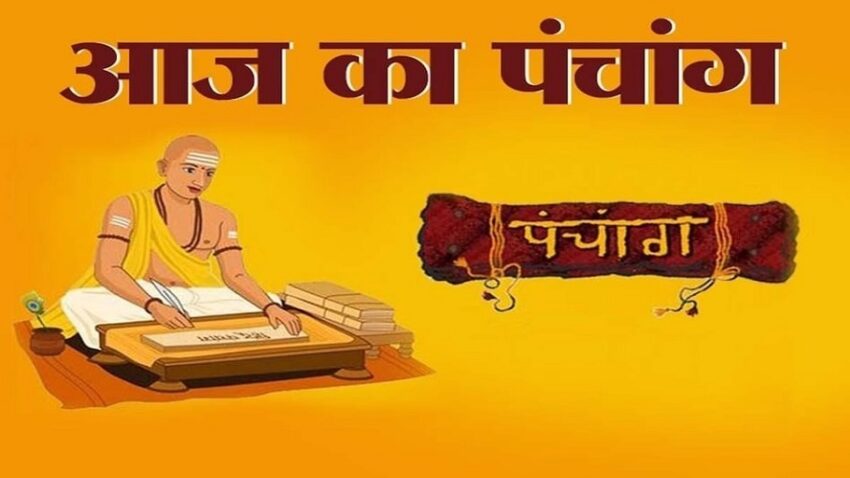In the rich tapestry of Indian culture, the Panchang, or Hindu calendar, plays a significant role in guiding daily life. “Aaj ka Panchang” translates to “today’s Panchang,” and it serves as a spiritual and practical compass, helping individuals make informed decisions, plan auspicious events, and connect with the celestial rhythms of the universe. Let’s explore the importance of Aaj ka Panchang and how it can shape your day.
Understanding Aaj Ka Panchang
Aaj ka Panchang is a daily almanac that provides essential information about the celestial and planetary positions, lunar phases, and auspicious timings for various activities. It draws from the traditional Indian calendar, which is deeply rooted in Hindu beliefs and astrology. Here’s what Aaj ka Panchang typically includes:
-
Tithi (Lunar Day): The Panchang specifies the lunar day, or tithi, which is vital for selecting auspicious times for ceremonies, fasting, and other rituals.
-
Nakshatra (Lunar Constellation): Nakshatras are lunar constellations, and each day is associated with a specific Nakshatra. These have unique qualities and energies that influence daily life.
-
Yoga: The Panchang lists the yoga of the day, which signifies specific planetary combinations and their effects on individuals. Different yogas are associated with various qualities and outcomes.
-
Karana: Karana is a half of a tithi, and it’s also considered when determining auspicious timings. There are eleven karanas, each with its own significance.
-
Vara (Day of the Week): Each day of the week is associated with a specific planet, deity, and significance. For example, Sunday is dedicated to the Sun, and Saturday is associated with Saturn.
The Significance of Aaj Ka Panchang
-
Religious and Spiritual Practices: Aaj ka Panchang is crucial for selecting auspicious times for religious ceremonies, festivals, and pujas. It ensures that these events align with favorable celestial energies.
-
Personal Life Planning: Individuals consult Aaj ka Panchang for various personal decisions, such as starting a new venture, getting married, or even traveling. It’s believed that choosing an auspicious time can lead to a more successful outcome.
-
Agriculture: In rural areas, farmers use the Panchang to plan agricultural activities, taking lunar phases and celestial positions into account for sowing and harvesting crops.
-
Astrology: Astrologers rely on Aaj ka Panchang to prepare birth charts (kundlis) and make astrological predictions. The planetary positions and lunar phases are critical factors in astrology.
-
Festivals and Holidays: The Panchang helps determine the dates of major Hindu festivals and holidays, ensuring they coincide with favorable cosmic energies.
Using Aaj Ka Panchang
To make the most of Aaj ka Panchang:
-
Check the Date and Location: Ensure you have the correct date and location for accurate Panchang information.
-
Consult Experts: If you’re unsure how to interpret the Panchang, consider consulting an astrologer or priest who is well-versed in its nuances.
-
Plan Wisely: Use the information in Aaj ka Panchang to plan your day, especially for significant events or activities.
-
Respect Tradition: When participating in religious or cultural ceremonies, adhere to the auspicious times and dates recommended by the Panchang.
In conclusion, Aaj ka Panchang is a cherished part of Indian tradition, offering guidance and insights into the rhythms of the cosmos. It serves as a bridge between spirituality and practicality, helping individuals make informed choices and connect with the profound energies that shape our lives. Embracing Aaj ka Panchang is not just a cultural practice but an opportunity to align your actions with the natural forces that surround us, fostering harmony and well-being.


